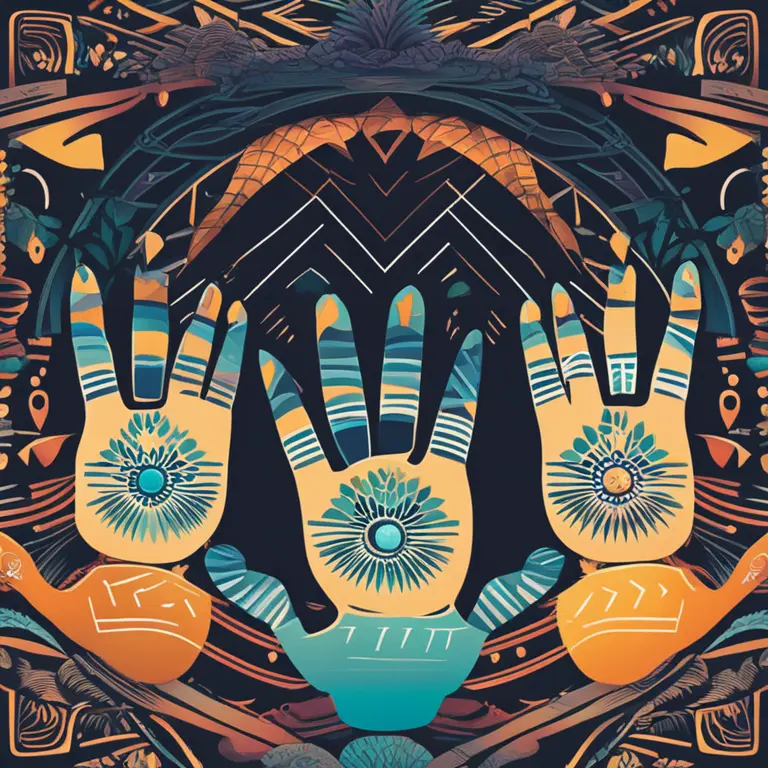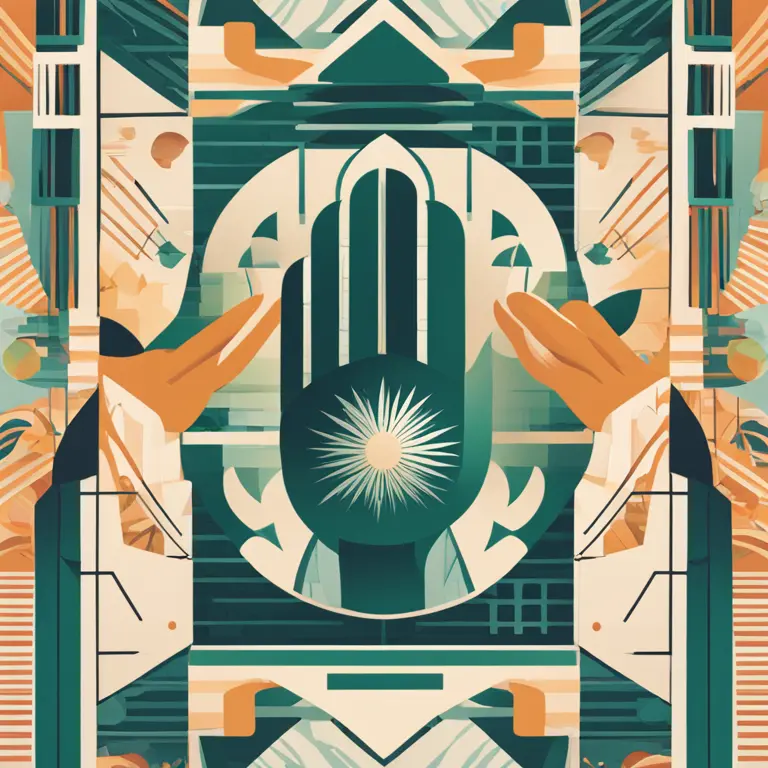
Do Palm Lines Change Over Time?
Discover whether the ancient practice of palmistry allows for changes in palm lines, reflecting life’s evolving narrative.
article by Nora Pennington
Palmistry's Dynamic Nature
Palmistry, or chiromancy, is an ancient practice rooted in the belief that one's palm lines hold the key to understanding various aspects of life — from personality traits to life paths. The common perception is that our palms serve as a static roadmap. However, palmists suggest that these lines can indeed change over time. The concept that palms are a mirror of our life's story, which is constantly unfolding, supports the idea that as we evolve, so do the lines in our hands. Could the creases carved into our hands be as dynamic as the lives we lead?

Science Weighs In
While the mystical aspects of palmistry remain a matter of personal belief, some scientific perspectives align with the notion of changing palm lines. Research indicates that our skin regenerates over time, and with it, slight shifts in our palm lines may occur due to skin elasticity and changes in the hand’s structure. Moreover, hand movements and usage can contribute to variations in these lines, indirectly suggesting a person's active lifestyle or changes in their habits may become inscribed onto their palms.

Reflecting Life's Twists
Proponents of palmistry argue that significant life events, such as marriages, illnesses, or career changes, can manifest as alterations in the palm lines. They hold that new lines can appear while others become more prominent or fade, corresponding with our experiences. Thus, if the narrative of one's life changes course, theoretically, their palm representation would visually adapt to these new chapters. This view posits palmistry not as a static prediction of fate but as a fluid reflection of one’s journey.

Modern Palmistry Perspectives
Contemporary palmistry takes into account not only the potential for change but also advances in understanding human biology. The increased interest in mindfulness and personal growth has encouraged a modern interpretation of palmistry, where individuals use it as a tool for self-reflection rather than strict prophecy. As people grow and change with time, so do their desires, ambitions, and behaviors. Modern palmists interpret the lines as indicators of potential paths rather than determinants of an unchangeable future.

Skeptics and Alternative Viewpoints
Skeptics of palmistry, and indeed of other forms of divination, argue that any perceived changes in palm lines are mere coincidences or the result of confirmation bias. They stress that scientific evidence to back up the claims of palmistry is scarce, and that any correlation between life events and palm lines is not causation. However, even among skeptics, there is acknowledgment that the human body is not static, and so too might be the lines that are etched upon the palms.
Cultural and Ethical Considerations
As with any practice dealing with future prognostication, ethical considerations must be taken into account. Whether or not palmists believe the lines of the hand can change, providing clients with genuine support and avoiding causing distress is paramount. Additionally, the cross-cultural appeal of palmistry suggests a universal curiosity about one's destiny, with different cultures interpreting changes in palm lines through diverse lenses, all seeking to understand the tapestry of human fate.
Published: 1/11/2024
Modified: 1/12/2024
More predictions
Come back here soon to learn more about yourself and your future


Can Palmistry Predict Your Path Incorrectly?
Delving into the accuracy of palm readings, this article examines whether palmistry can lead to incorrect predictions about one's life and destiny.


The Essence of Palmistry: Interpreting Lines and Shapes
Delve into the world of palmistry to discover the meanings behind the lines and shapes etched into the palms of your hands.


The Efficacy of Palmistry: Real Insight or Fancy?
Delve into the validity of palmistry as a form of divination. Is there a truth behind the lines on our palms, or is it just a charming fancy?